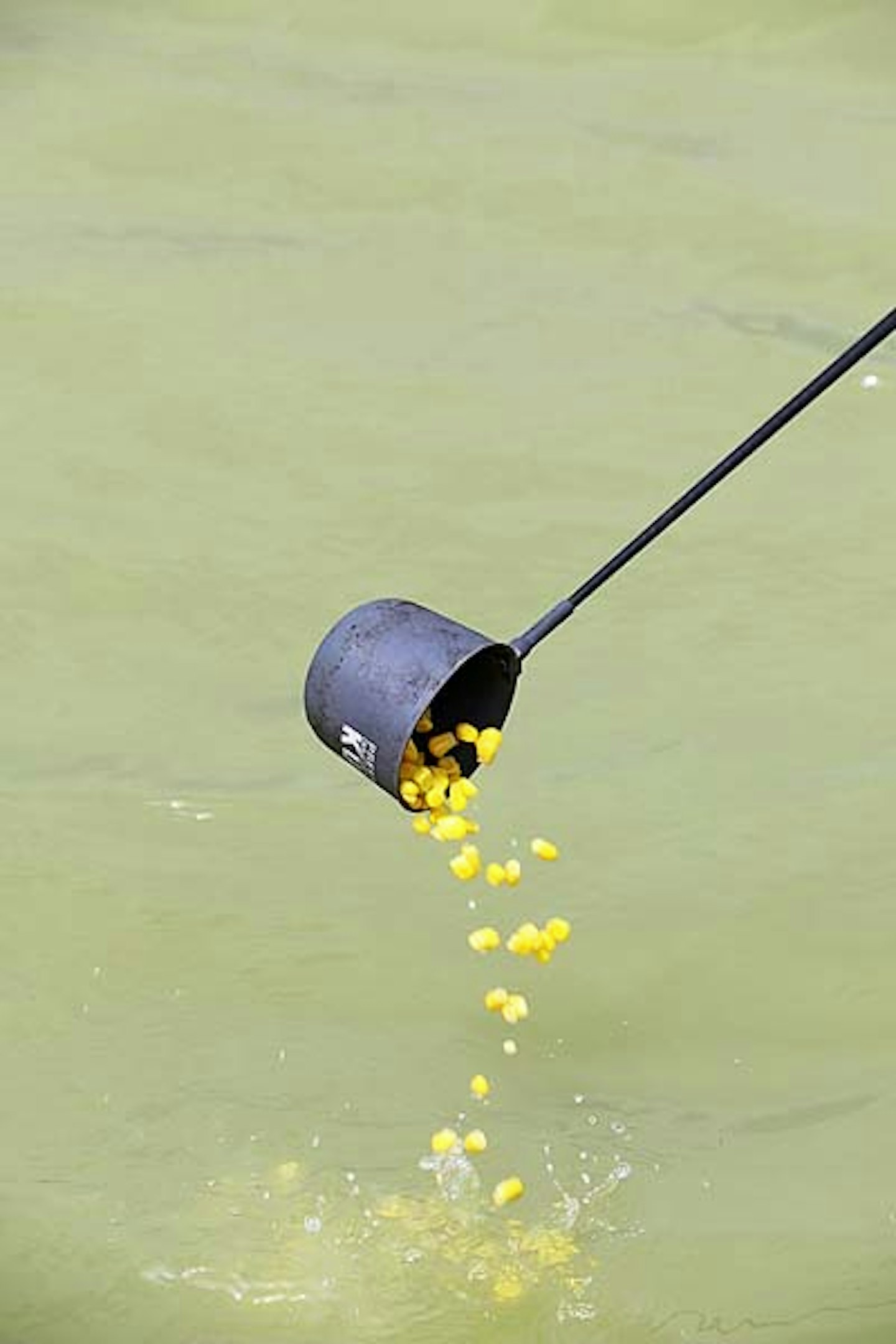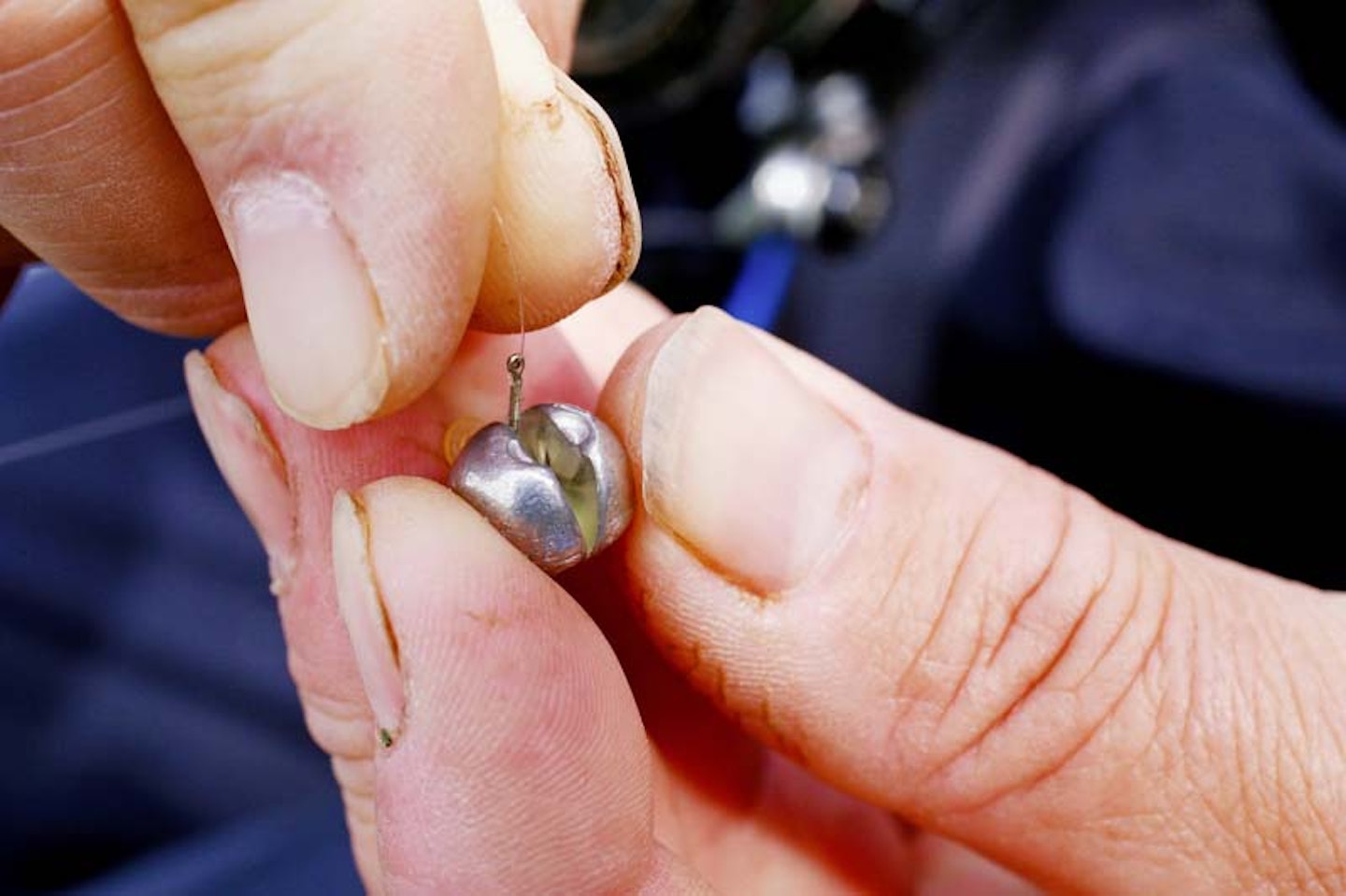So that’s it then. Another river season is done and dusted, leaving anglers with the choice of canals or stillwaters to fish in the coming weeks and months.
For most, lakes will be their pick, especially as warmer weather and longer days see carp begin to feed with gusto.
It’s still a funny time of year, though, as the water won’t have warmed greatly or coloured up but the fish will be willing to feed.
A range of tactics can work, even fishing the margins or (on very mild days) up in the water, so that leaves a lot of choices to be made, not only in terms of the methods to use but also feeding and bait decisions.
To help get you on the right track, Preston Innovations and England man Des Shipp this week reveals 10 top pieces of advice to bag a few carp in the coming weeks on commercial fisheries.
Whether you decide to fish the pole or waggler with pellets, corn or maggots, there’s a little gem or two here to put into operation when you get on the bank…
HARD OR SOFT BALLS?
I make up a groundbait ball in three ways. A hard ball moulded with two hands will go straight to the bottom, will carry a lot of particles and is ideal for keeping the fish on the deck.
If you’re aiming to catch off bottom, a ball that’s lightly squeezed with one hand will break apart quickly and put a cloud into the swim.
.jpg?auto=format&w=1440&q=80)
Feeding groundbait loose in a pole cup is the method to go for in shallow water or in the margins when you don’t want the fish to be concentrated in one tight spot.
MARGIN FEEDS
Dead maggots and groundbait are a brilliant margin combo on waters dominated by carp and F1s, but not so good for roach and skimmers. Instead, I use micro pellets and corn.
The micros are used to pull fish into the peg but when I begin fishing the edge I cut them out and feed just corn. Roach love micros and they’re just the right size for them, so feeding more and more will fail to draw carp in and only encourage the roach into the area. Corn means bigger particles that are heavy and will stay put on the bottom in among feeding carp, whereas micros are too light and will get wafted about all over the place.

SNAKE LAKES – WHERE TO START?
It makes sense to begin fishing across to the far bank on a snake lake, but I’ve found that a few early carp can actually be caught from down the middle in the deep water before the fish spook a little from bankside activity and drift to the far bank.
I’d fish here from the off but not spend too much time if I wasn’t getting bites. When the indications fade, add a few sections and go to the far bank.
PLUMBING UP ON THE WAGGLER
To plumb up accurately on the float I use a large 3SSG locking shot designed for fishing with flat floats. Nip one of these on the hook and you’ve got the weight to cast easily and show the depth up nicely – try it with a big plummet and you’ll have a nightmare!
I make the cast to my desired spot and slowly pull the float back by a foot at a time, making a note of any depth changes. This way I can work out if there is a slope running away from an island or a distinct shelf that causes a radical change in depth.

TOPPING UP
Carp are big fish that eat a lot of bait, so you’ll need to keep the feed going in. This can be done either via a big pole cup or a small pole pot, depending on the fish that are in the swim.
If I am sure that there are only carp present, a small Cad pot trickling in corn or pellets, is ideal on every drop-in, but if a lot of small fish are about, I’ll change to big potting after every couple of carp.
This is because I think the noise of regular feeding actually pulls little fish into the peg, so by only dumping bait in every 10 or 15 minutes, I’m reducing the chances of this happening.
FEED TO YOUR BITES
The above not only applies to adding more bait when the peg goes quiet, but also relates to how quickly you are getting bites.
If I was only getting the occasional bite but knew that some fish were in the peg then I’ll step up the feed slightly to encourage the carp and F1s to be more confident.
On the flip side, if I was getting too many bites and foul hooking a few fish then this would tell me to ease back on the feed.
We’re only talking here about adding or taking away half-a-dozen micro pellets or a few pieces of corn, but it can make a big difference.
SHALLOW SHOTTING PATTERNS
It’s almost time to start thinking about fishing shallow but how you shot your rigs should depend on whether you are fishing for carp or F1s. For wary carp a rig with the small shots spread down the line will give the bait a slower fall, giving the fish more time to see the bait and take it.
For F1s, a rig with a small bulk just above the hooklink will convert bites into hooked fish. The solid mass of weight creates a semi-bolt effect and will make a fair bit of noise when slapped on the surface.
STRIKE HARD
When pole fishing on the bottom in around 8ft of water you need a decent strike to set the hook properly, so don’t be afraid of giving it the big ‘un!
Once a carp is hooked, keep the pole-tip low to the water at an angle to prevent the hook pulling and allow the fish to swim off. The worst thing you can do it hold the pole high in the air. This will put too much pressure on the hookhold and also bring the fish up to the surface too quickly, where you won’t be in control.
BALANCED KIT IS ESSENTIAL
Fishing fine is okay but you must balance your tackle. Small hooks and light lines will get you more bites, but your pole elastic needs to be lighter too, in order to prevent the hook pulling or the hooklink breaking.
For general carp work I would fish a size 14 or 16 hook to line of around 6lb breaking strain and a 12 grade Preston Innovations Hollo elastic.
This rule also applies when fishing heavy tackle – using light elastics with heavy line and big hooks will only see the elastic ‘bottom out’ when playing a decent carp and this can cause the elastic to potentially snap.
CAST PAST THE FEED
The waggler is a super tactic to search the swim at this time of the year, but don’t be lured into casting right into the middle of the area you’re feeding.
Often, carp will be sat off the back of this feed, picking off particles, so to cash in on this, feed and then cast the waggler a good few metres past this spot.
Allow it to cock and then wind it back into the edge of where the loosefeed has gone in.
You can also do this by casting shorter on to the front edge of the feed zone.
.jpeg?ar=16%3A9&fit=crop&crop=top&auto=format&w=1440&q=80)